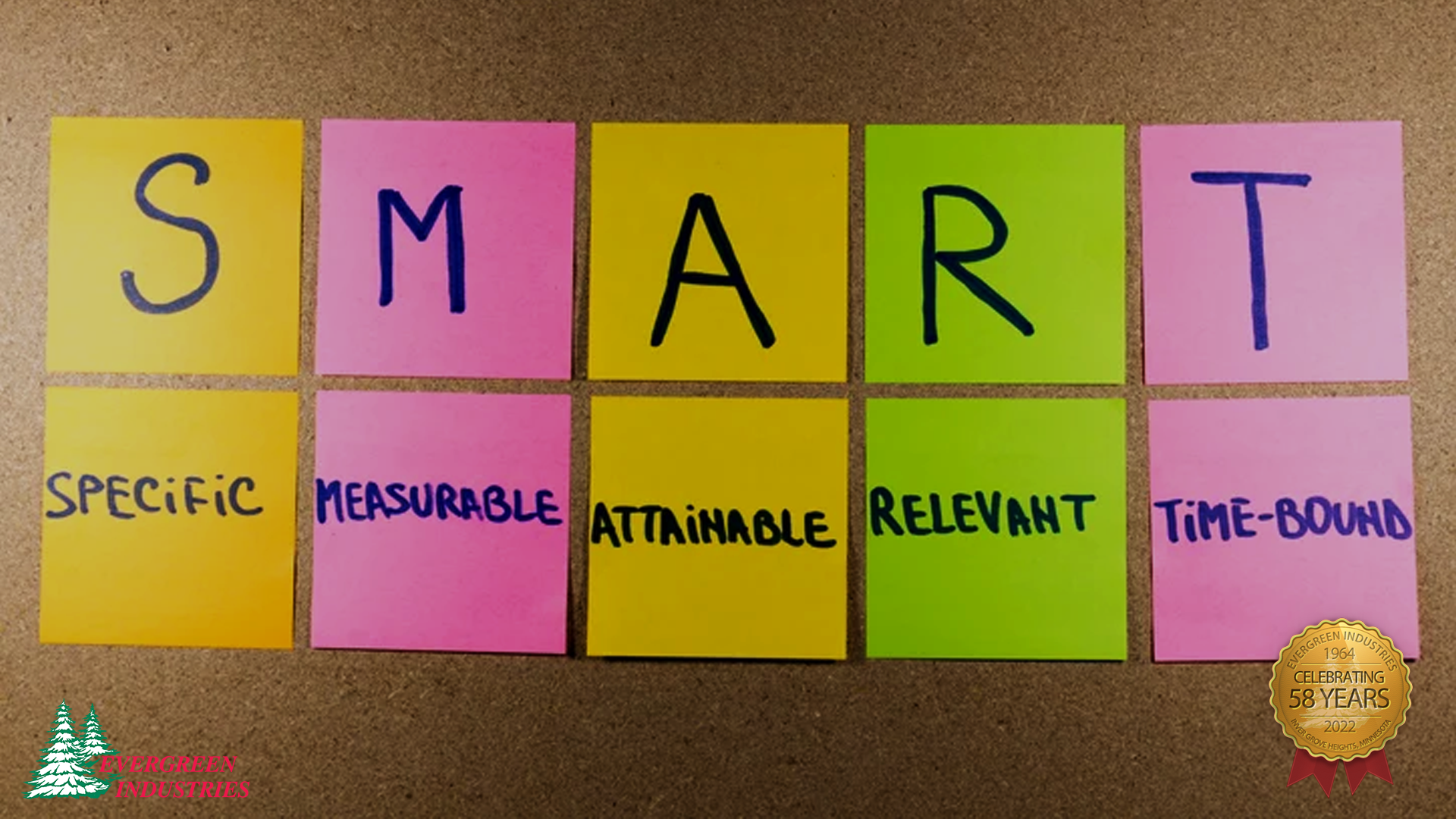A well defined objective and proper planning is required for a successful fundraising campaign. For measurable results, understand what success means for your organization as it provides the foundation for effective campaign management. The most effective approach to creating these objectives involves implementing SMART fundraising goals that transform vague aspirations into actionable, trackable outcomes.
Understanding the SMART Goals Framework for Fundraising
The SMART method represents the gold standard for effective goal-setting across all sectors, particularly for non-profit organizations and fundraising initiatives. Both realistic and impactful examples ensure a proven framework for your fundraising objectives. Comprehensive fundraising goals is created by the contribution of each component of the acronym SMART:
S – Specific: This answer the who, what, where, and why questions with a clear and well-defined objectives
M – Measurable: Quantifiable criteria that allow progress tracking and success evaluation
A – Attainable: Make targets based on your organization’s capacity and resources
R – Relevant: Goals aligned with your mission and organizational priorities
T – Time-Bound: Specific deadlines that create urgency and accountability
Developing Specific Fundraising Objectives
Clarity about your desired outcome creates smart goals for year end fundraising. Include precise details about the intended results instead of just setting targets like “raise more money,”.
For example: “acquire 100 new donors this year” or “write 10 grant proposals before December.” Eliminate ambiguity with these specific targets which provide clear direction for your team.
When developing specific objectives, consider your target audience, and the impact you aim to create. Ensure that your organization’s mission is aligned as they drive every aspect of your fundraising strategy.
Creating Measurable Performance Goals for Fundraisers
Concrete criteria are required for measurable smart fundraising goals that enable progress tracking and success evaluation. A SMART fundraising goal is specific, measurable, achievable, relevant, and time-bound.
Key metrics like donation amounts, donor acquisition rates, and engagement levels can be monitored by establishing tracking systems. Your fundraiser goals and progress should be regularly updated by dedicated team members.
Ensuring Attainable Fundraising Targets
Setting attainable performance goals for fundraiser success requires honest assessment of your organization’s capabilities, resources, and historical performance. While it is important to challenge yourself and your organization, setting goals that are too high can backfire.
Research comparable organizations in your community to understand realistic benchmarks for first-time fundraisers. Analyze your previous campaigns to identify patterns and establish baseline expectations for future initiatives.
Consider factors such as staff capacity, volunteer availability, budget constraints, and seasonal giving patterns when determining attainable targets. Goals should stretch your capabilities while remaining achievable with dedicated effort.
Developing Relevant Fundraising Objectives Examples
Relevant smart fundraising goals must align directly with your organization’s mission and strategic priorities. Your overall mission should relate to your fundraising goal. This demonstrates clear impact and ensures supporter engagement.
Evaluate how each fundraising objective contributes to your broader organizational goals. Consider the person who will gain advantage of your work and how achieving specific targets will advance your mission.
Develop impactful statements that clearly showcase the connection between fundraising success and mission advancement as these messages act as powerful tools for donor engagement and campaign promotion.
SMART Fundraising Goals Examples for Different Organizations
Small Non-profit Example:
“Raise $25,000 through our annual holiday wreath fundraiser by December 31st, increasing last year’s total by 15% through partnerships with local businesses and expanded online sales.”
Church Fundraiser Example:
“Collect $10,000 for our youth mission trip by March 15th through weekly congregation appeals, special events, and community outreach programs.”
School Fundraiser Example:
“Generate $15,000 for new playground equipment by May 30th through product sales, sponsored events, and family participation drives, achieving 80% parent participation.”
Tracking Fundraiser Goals and Progress
Regularly monitoring your campaign ensures your smart fundraising goals remain on track throughout its duration. Team members and stakeholders can be updated regularly with progress by establishing a reporting schedule.
Use visual tracking tools to maintain momentum and engage supporters. You can even feature a fundraising thermometer on your landing page so donors can visualize your campaign’s progress.
Document lessons learned from each campaign to inform future fundraising objectives examples. This continuous improvement approach strengthens your organization’s fundraising capabilities over time.
Common Goal-Setting Mistakes to Avoid
Many organizations reduce their fundraising potential by setting objectives that lack one or more SMART criteria. Avoid these common pitfalls:
- Number of participants and the amount are not decided
- Complex campaigns often fail to meet their timelines.
- Organizational capacity and resources are not set
- Ignoring mission alignment when developing fundraising objectives examples
- Neglecting to assign tracking responsibilities and accountability measures
Building Long-Term Fundraising Success
Consider each campaign as an opportunity for you to build donor relationships, refine processes, and strengthen your fundraising capabilities.
Develop multi-year strategic plans that incorporate lessons learned from previous campaigns. This improved resource allocation and sophisticated goal-setting.
Analyze areas for improvement while celebrating achievements. This approach drives continuous enhancement and helps maintain team morale.
Conclusion
Implementing SMART fundraising goals transforms campaign planning from hopeful speculation into strategic action. By ensuring your objectives, you create clear pathways to success while building accountability throughout your organization.
Remember that effective goal-setting requires ongoing evaluation and adjustment based on performance and changing circumstances. Use the SMART framework as your foundation while remaining flexible enough to adapt strategies when necessary.




